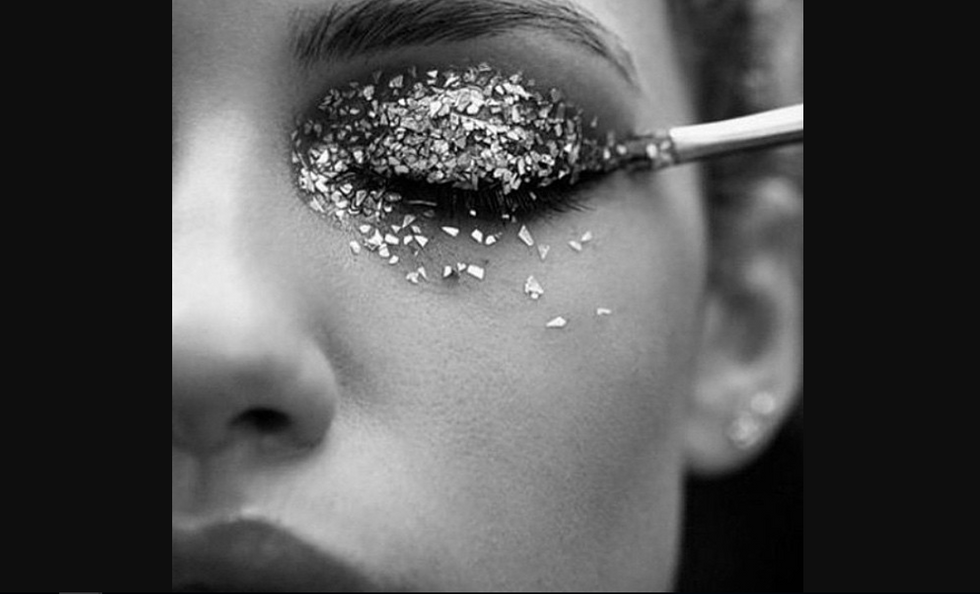Mica.
It’s the natural mineral powder that gives the cosmetics we love and buy their sparkly, reflective quality. Beneath the glitter is a not-at-all glamorous truth: young children are used to extract the mica found in our beauty products.
An investigation by ITV News found that children - some as young as six - were found working in mica mines in India’s Jharkhand province, in violation of Indian labor law. Approximately 20,000 children are forced to work as modern-day slaves in the mica production provinces of Jharkhand and Bihar. India is the world’s largest mica producer, yet 75% of it is derived from such illegal mining.
Mica mining in India does not simply start and end with child labor. In fact, some children are sent to work in the mines by the many adult workers who are struggling to alleviate their debt bondage. Every month, anywhere between 5 to 10 children die in these mines, along with countless more adult lives. These miners often inhale too much silica dust, developing silicosis, a fatal lung disease.
Consumer pressure on businesses to improve labor conditions for workers and produce goods free of child labor has brought response. In February 2017, beauty brands answered these pressing human rights questions when L’Oreal, Estee Lauder, Chanel and other brands launched the Responsible Mica Initiative, pledging to eliminate child labor in mica production by 2022. Lush took more hastened action, deciding to ban mica entirely in 2014 and opting for a child labor free synthetic alternative.
Modern-day slavery is not limited to the beauty industry. As shown by a 2016 investigation, mica produced by child labor is also used by car manufacturers to provide a pearlescent paint effect. Nearly 200,000 children are forced to work on cocoa plantations in the Ivory Coast to gather the pods needed to make our holiday chocolates. Child labor is exploited in Congo mines to extract the cobalt needed for the batteries of our smartphones, electric cars and laptops.
It is this very real human cost to production that corporations and consumers should not be quick to overlook. The heinous reality of modern-day slavery sharply contrasts with the glamorous world of the beauty industry, reminding us that all that glitters is not gold.
















